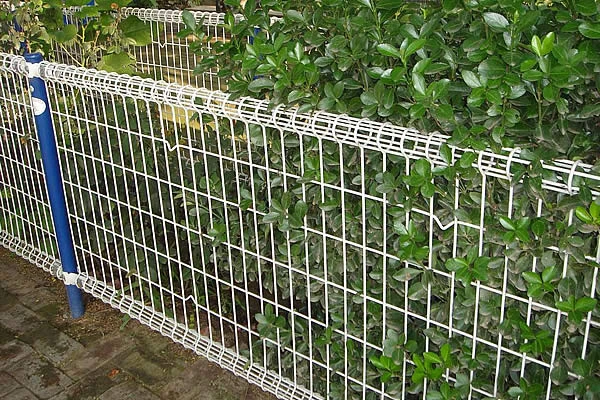 TEL:
+86-13102802206
TEL:
+86-13102802206
 Email:
fencenetting@china.com
Email:
fencenetting@china.com
 Language
Language
 TEL:
+86-13102802206
TEL:
+86-13102802206
 Email:
fencenetting@china.com
Email:
fencenetting@china.com
 Language
Language


Gabion Mesh Retaining Walls An Innovative Approach to Soil Retention
In the realm of civil engineering and landscaping, the efficient management of soil and water has always been a crucial aspect of construction projects. Among the innovative solutions developed to combat soil erosion and create stable structures, gabion mesh retaining walls have emerged as a popular choice. This article explores the characteristics, benefits, applications, and installation processes of gabion mesh retaining walls.
What are Gabion Mesh Retaining Walls?
Gabion mesh retaining walls are structures made of wire mesh boxes—gabions—filled with stones, rocks, or other materials. These walls are not only functional but are also aesthetically pleasing, blending well with natural landscapes. The wire mesh is typically made from galvanized steel or PVC-coated steel, providing enhanced durability and resistance to rusting. The flexibility of gabion walls allows them to adapt to various landforms, making them suitable for a wide range of applications.
Benefits of Gabion Mesh Retaining Walls
1. Erosion Control One of the primary advantages of gabion walls is their ability to control soil erosion. The permeable nature of the stone-filled mesh allows water to pass through, reducing hydrostatic pressure behind the wall while stabilizing the soil effectively.
2. Aesthetic Appeal Gabion walls can be designed to complement the surrounding environment. The use of different types of stones allows for varied textures and colors, contributing to a natural look that enhances landscaping.
3. Durability and Longevity With quality materials, gabion walls can withstand harsh weather conditions and the test of time. The use of galvanized steel or PVC-coated mesh prevents corrosion, ensuring that the structure remains intact for many years.
4. Cost-Effectiveness Compared to traditional concrete or masonry retaining walls, gabion walls are often more affordable. The materials required are generally less expensive, and the construction process can be simpler and quicker.
5. Sustainability Gabion mesh retaining walls are eco-friendly, as they can be constructed using local materials, minimizing transport-related emissions. Additionally, they provide habitats for various plant and animal species, promoting biodiversity.
Applications of Gabion Mesh Retaining Walls

Gabion retaining walls are versatile and can be utilized in various settings, including
- Highway and Road Construction These walls are often employed to stabilize slopes and prevent landslides near highways, ensuring road safety. - Riverbank Protection Gabion walls are effective in protecting riverbanks from erosion and are commonly used in flood management systems. - Landscape Design In gardens and parks, gabion walls can serve as decorative features or functional elements to create level areas in sloped terrains. - Agricultural Use Farmers utilize gabion walls to prevent soil erosion on their fields and to create terraces for better water management. Installation of Gabion Mesh Retaining Walls
The installation process for gabion walls is relatively straightforward
1. Site Preparation The ground must be leveled and cleared of debris. It's essential to assess the soil conditions to ensure stability.
2. Foundation A solid foundation is crucial for the longevity of the wall. Typically, a trench is excavated, and a base layer of gravel is placed.
3. Assembly The wire mesh units are assembled on-site. The mesh is shaped into boxes, secured with ties, and placed in the desired position.
4. Filling the Gabions The gabions are filled with chosen stones, ensuring they are packed tightly to achieve maximum stability. Larger stones are placed at the bottom for better support.
5. Topping Off Once filled, the tops of the gabion boxes are secured, and the wall is backfilled with soil where needed.
6. Finishing Touches Finally, landscaping can be done around the wall to blend it with the environment, including the planting of grass or other vegetation.
In summary, gabion mesh retaining walls are a practical, sustainable, and visually appealing solution for soil retention and erosion control. Their versatility allows them to be used in a wide range of applications, making them a popular choice among engineers, landscape architects, and homeowners alike. As we continue to seek innovative solutions for environmental challenges, gabion walls stand out as an effective method for both functionality and aesthetic integration into our landscapes.